Makindo Medical Notes"One small step for man, one large step for Makindo" |
|
|---|---|
| Download all this content in the Apps now Android App and Apple iPhone/Pad App | |
| MEDICAL DISCLAIMER: The contents are under continuing development and improvements and despite all efforts may contain errors of omission or fact. This is not to be used for the assessment, diagnosis, or management of patients. It should not be regarded as medical advice by healthcare workers or laypeople. It is for educational purposes only. Please adhere to your local protocols. Use the BNF for drug information. If you are unwell please seek urgent healthcare advice. If you do not accept this then please do not use the website. Makindo Ltd. |
ECG - ST Elevation Myocardial Infarction STEMI
-
| About | Anaesthetics and Critical Care | Anatomy | Biochemistry | Cardiology | Clinical Cases | CompSci | Crib | Dermatology | Differentials | Drugs | ENT | Electrocardiogram | Embryology | Emergency Medicine | Endocrinology | Ethics | Foundation Doctors | Gastroenterology | General Information | General Practice | Genetics | Geriatric Medicine | Guidelines | Haematology | Hepatology | Immunology | Infectious Diseases | Infographic | Investigations | Lists | Microbiology | Miscellaneous | Nephrology | Neuroanatomy | Neurology | Nutrition | OSCE | Obstetrics Gynaecology | Oncology | Ophthalmology | Oral Medicine and Dentistry | Paediatrics | Palliative | Pathology | Pharmacology | Physiology | Procedures | Psychiatry | Radiology | Respiratory | Resuscitation | Rheumatology | Statistics and Research | Stroke | Surgery | Toxicology | Trauma and Orthopaedics | Twitter | Urology
ECG STEMI / MI Patterns: Acute Anterolateral MI
ST ↑ in I, aVL, V3–V6. Poor R wave progression. T wave inversion. Usually LAD occlusion ± RCA/LCx involvement.
Acute Inferior & Posterior MI
ST ↑ in II, III, aVF. Q waves, T inversion. Posterior MI shows ST ↓ in V1–V2 with tall R in V1. Most often due to RCA occlusion.
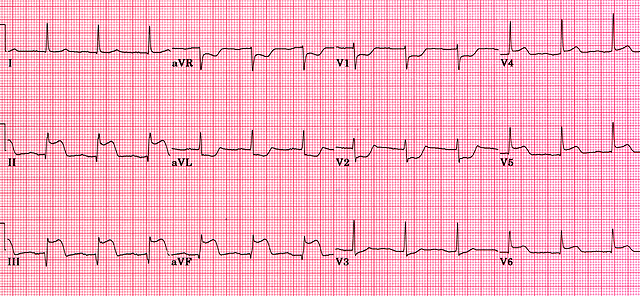
Acute Right Ventricular MI
ST ↑ in aVR (± V1). Often accompanies inferior MI. Due to proximal RCA occlusion. Can cause hypotension with nitrates.
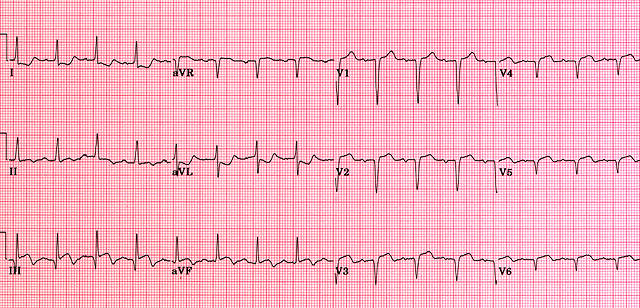
Acute Septal MI
ST ↑ in V2–V3. Q waves, T inversion. Due to LAD septal branch occlusion.
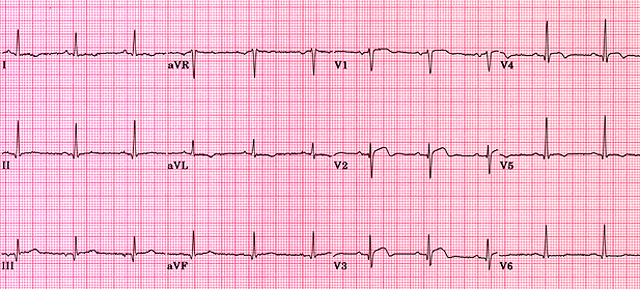
Anterior STEMI with Tombstoning
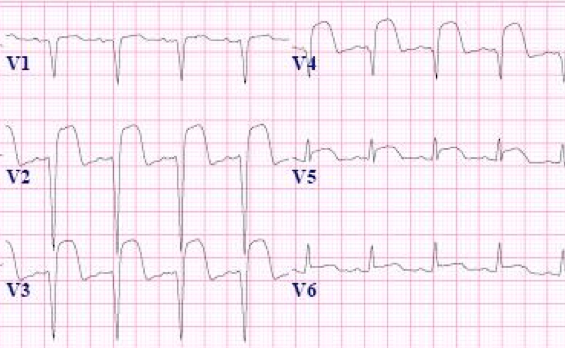
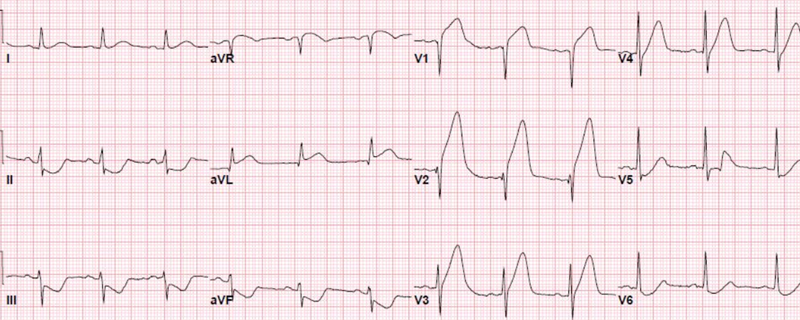
Old Inferior MI
Q waves in II, III, aVF. T inversion/flattening. No acute ST changes.
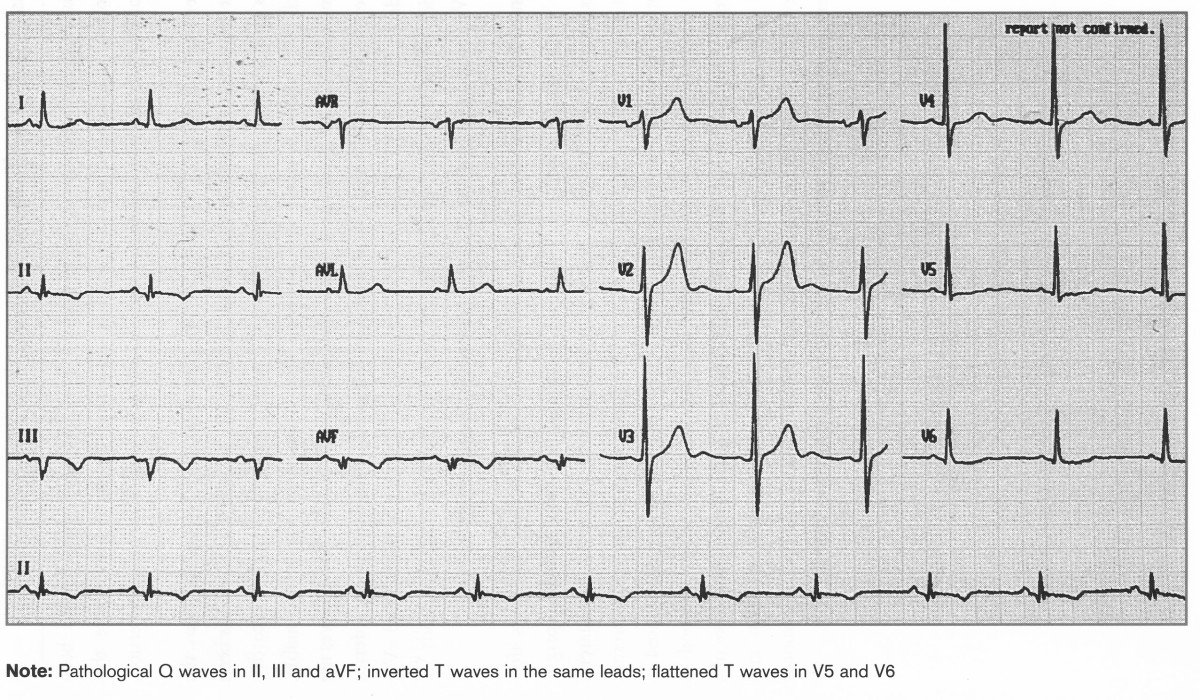
Old Anterolateral MI
Q waves in I, aVL, V2–6. Loss of R waves in V2–5. T inversion V5–V6.
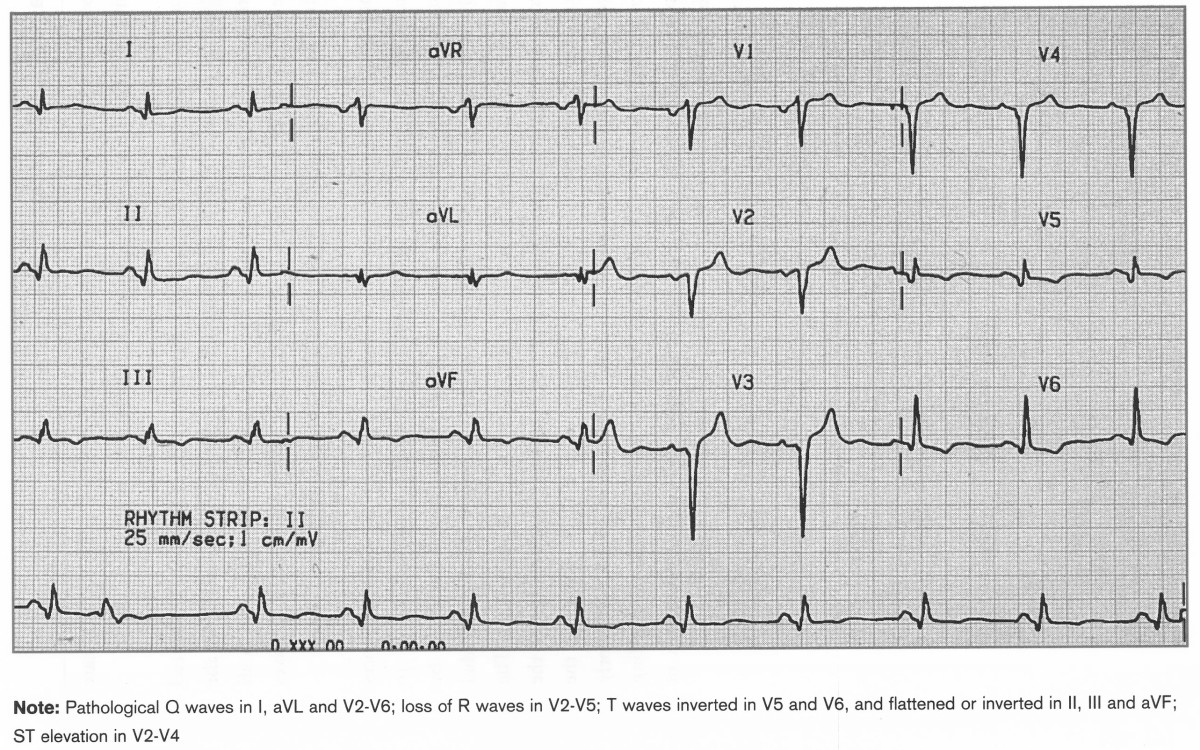
Acute Inferolateral MI
ST ↑ in I, II, aVL, aVF, V3–6. Pathological Q in aVL.
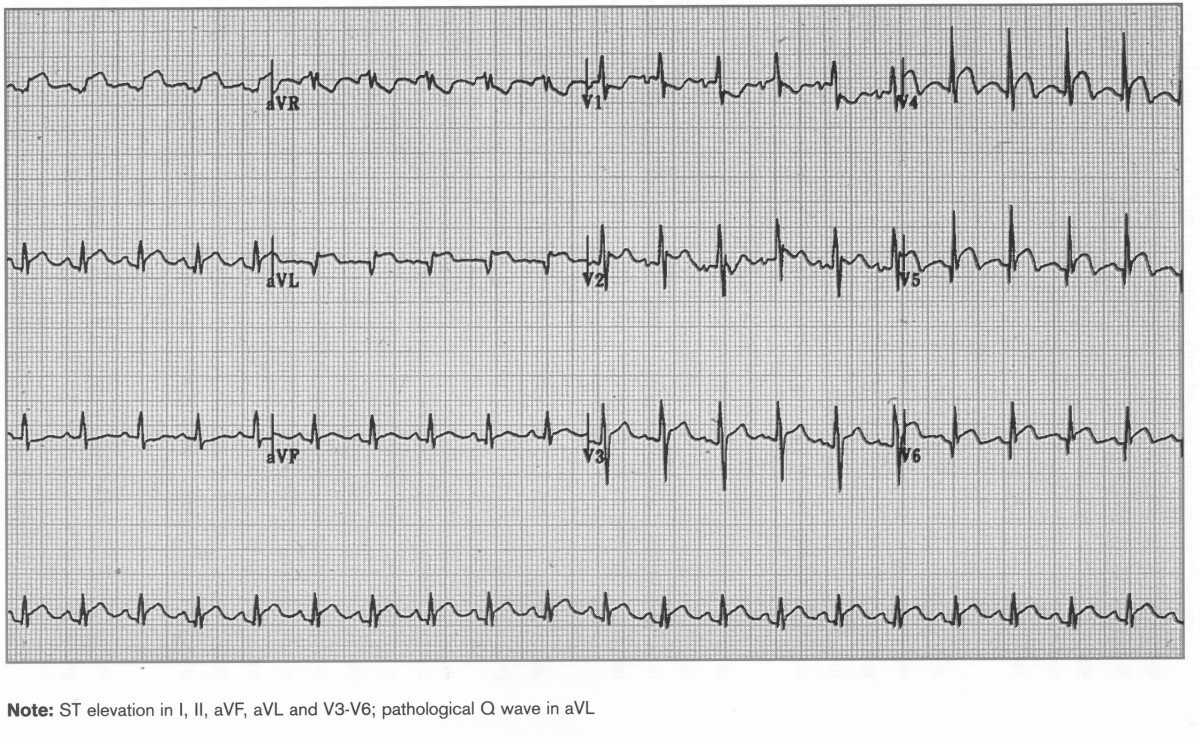
Acute Inf + True Posterior MI
Inferior ST ↑ (II, III, aVF). Posterior changes: ST ↓ V1–V2, tall R in V1.
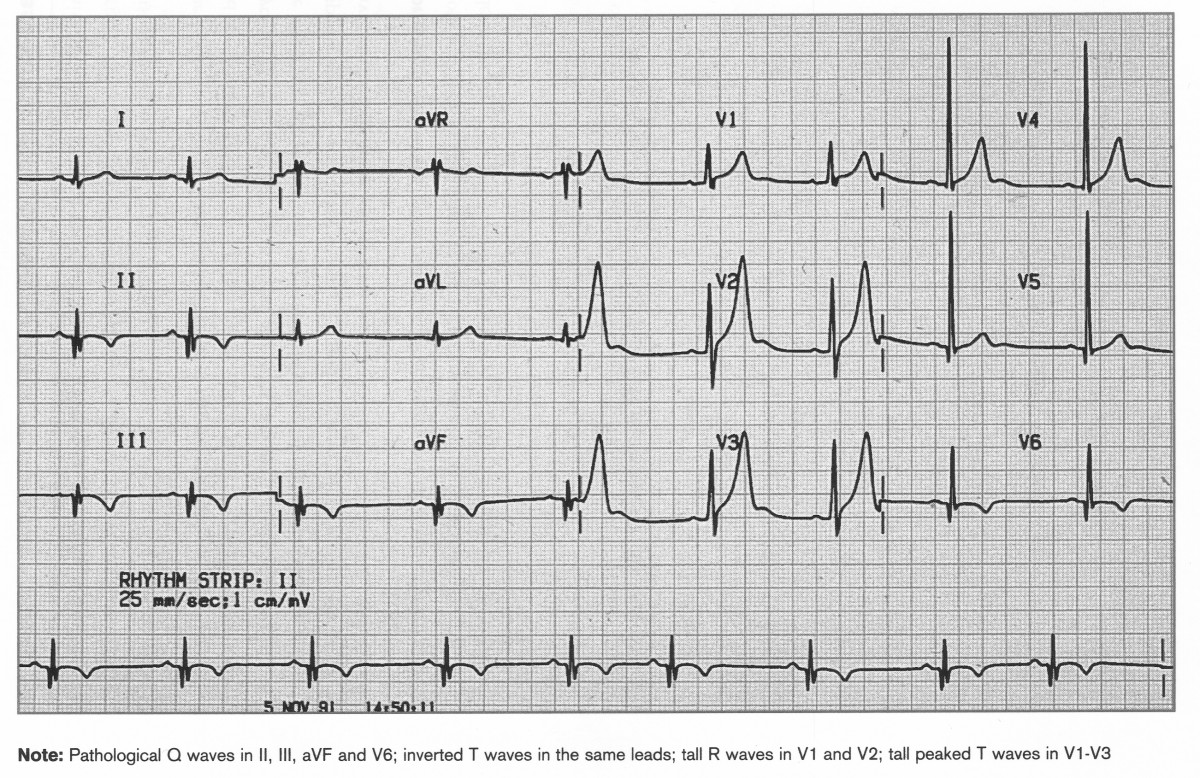
⚠️ Emergency note: ST elevation + chest pain = treat as STEMI. Activate reperfusion pathway (PCI or thrombolysis) immediately.